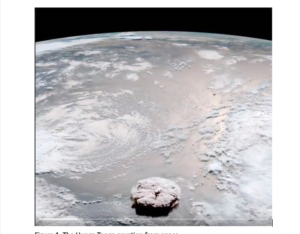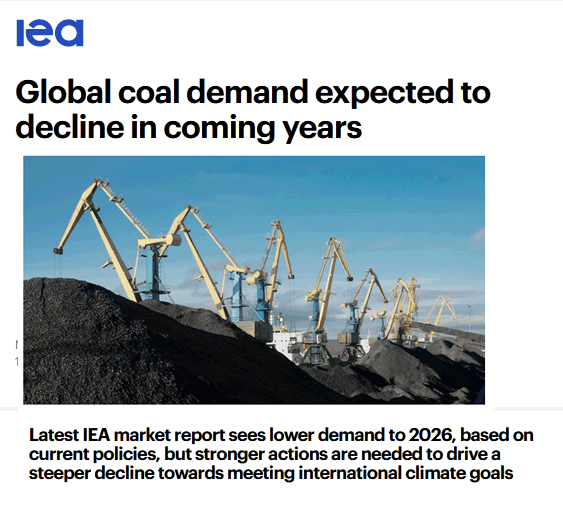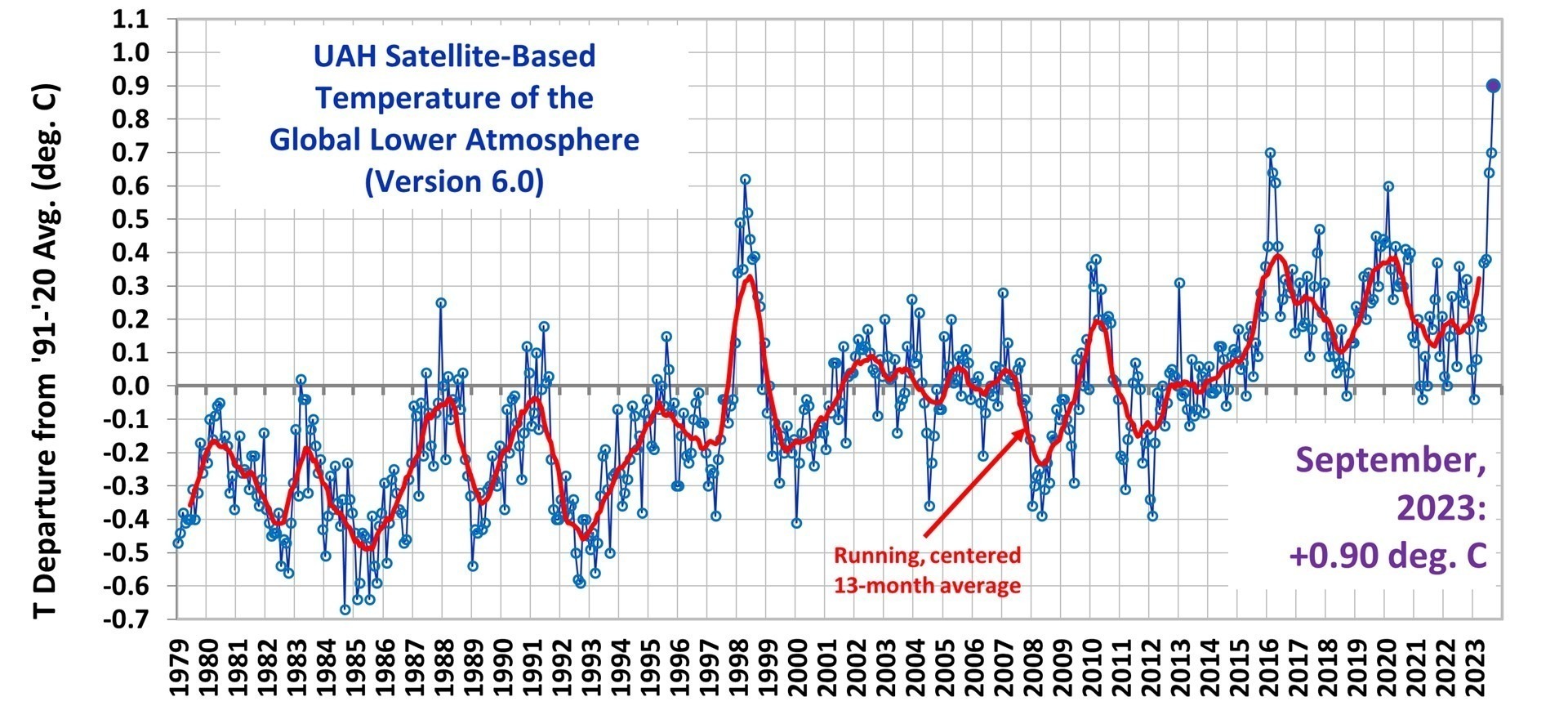by J. Vinos, March 24, 2024 in ClimateEtc
The unlikely volcano, the warmest year, and the collapse of the polar vortex.
The climate events of 2022-24 have been were truly extraordinary. From an unlikely undersea volcanic eruption to the warmest year on record to the collapse of the polar vortex after three sudden stratospheric warming events. This rare convergence presents a unique learning opportunity for climatologists and climate aficionados alike, offering insights into a climate event that may not be repeated for hundreds or even thousands of years.
- January 2022, the unlikely volcano
Never before have we witnessed an undersea volcanic eruption with a plume capable of reaching the stratosphere and depositing a large amount of vaporized water. This extraordinary event occurred in January 2022 when the Hunga Tonga volcano erupted. The conditions for such an event are rare: the volcano must be deep enough to propel enough water with the plume, but not too deep to prevent it from reaching the stratosphere. Most undersea volcanoes do not produce plumes at all, which makes Hunga Tonga’s eruption all the more remarkable.
The Hunga Tonga volcano occupied a unique “sweet spot” at a depth of 150 meters the day before the eruption. In addition, the eruption itself must be exceptionally powerful for water vapor to rise into the stratosphere. The January 2022 eruption of Hunga Tonga was the most powerful in 30 years, since the 1991 eruption of Mt. Pinatubo.

Figure 1. The Hunga Tonga eruption from space.
…
- 2023, the hottest year on record
Beginning in June 2023, the last seven months of the year marked the warmest period on record, significantly exceeding previous records. Such an event is quite remarkable, given the considerable temperature variability observed from month to month. But how unlikely is it?
…
- January-March 2024, the collapse of the polar vortex
The polar vortex is a circular wind pattern that develops on rotating planets with an atmosphere. It results from the conservation of potential vorticity, a property depending on the Coriolis force and the potential temperature gradient. The potential temperature refers to the portion of the temperature of an air parcel that is not affected by its potential energy, and is often defined as the temperature the parcel would have if it were brought to the surface (1,000 hPa).
…
- What can we expect in the near future?
The unlikely volcanic eruption is the likely cause of the extraordinary warming, which in turn led to the occurrence of the unprecedented three SSW events. Our understanding of the effects of these events supports this interpretation.
…









